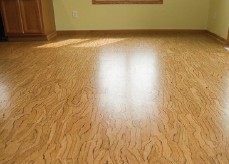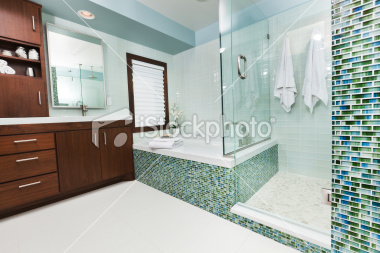Renewable Flooring: Cork - Harvested and Recycled
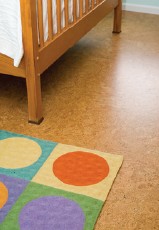
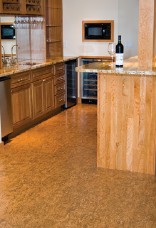
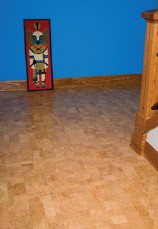
...GREEN SCENE
Cork may seem like an unusual choice for flooring, but cork is one of the best sources of truly renewable flooring. Harvesting the bark from the cork tree and converting it to flooring does not kill the tree, when done properly.
“In fact, cork has been harvested for hundreds of years in Portugal and Spain and has become literally a science,” says
Melissa Clements, owner of Eco Friendly Flooring of Madison. When cured properly, it is one of the cleanest, if not greenest options available to homeowners.”
When considering cork for flooring, there are five areas to review during the decision making process, according to Clements. They are:
♦ Country of Origin
European cork is the finest in the world and must pass strict environmental testing. Cork is also available from China and
the United States, however, the cork industries are much younger and as a result, the curing processes are not as refined, which can occasionally lead to quality issues. Additionally, the standards in these countries are much less rigorous than those set in Europe.
♦ Out Gassing
Proper preparation of the cork translates into less (if any) Volatile Organic Compounds (VOC). European Cork tends to be the best in this area.
♦ Pre Finishing
• Water Based Polyurethane — produces flexible finishes that won’t split and handle furniture best. It is easy to repair should it be needed.
• Acrylic — Great looking finish, however, it is more brittle and can split. It is also more difficult to repair should a split occur.
♦ Patterns
There are scores of patterns and colors ranging from traditional tans to deep blue. The best advice is to visit a local store and see what they have on hand and what their suppliers offer.
♦ Pricing
Retail pricing for most cork options range between $5.00 – $7.00 per sq. foot. Prices can vary depending on thickness and finish.
Naturally Engineered For Superior Performance
Compared to many other wood floors, cork is a better insulator — it’s often used as an underfloor — it provides more cushioning (which is why it’s often found in kitchens, playrooms and rec rooms), is fire-retardant, anti-static, anti-microbial, and sound-deadening. In short, it has many natural qualities from which you will benefit.
Standard cork floor tiles are usually 1/8" thick. However, when you select thinner widths, you will lessen some of cork’s natural sound-absorbing and cushioning advantages as well as make the floor more susceptible to scrapes and gouging.
Caring for a cork floor is similar to caring for a wood floor.These floor care practices include:
♦ Do not drag heavy, sharp-edged objects across the floor — it can cause gouges.
♦ Install pads on table and chair legs.
♦ When cleaning, floors should be vacuumed with the beater brush off, swept, or mopped with a barely damp mop.
♦ Be sure the floor is properly sealed — improperly sealed or worn floors can soak up moisture and stain.
♦ Every four to six years cork floors should be refinished with an environmentally friendly water-based finish. Floors may be refinished as needed.
